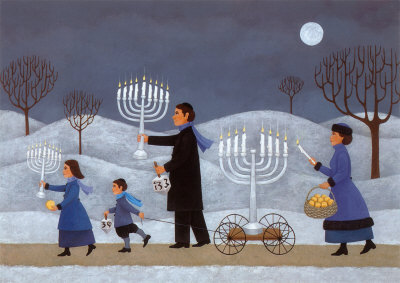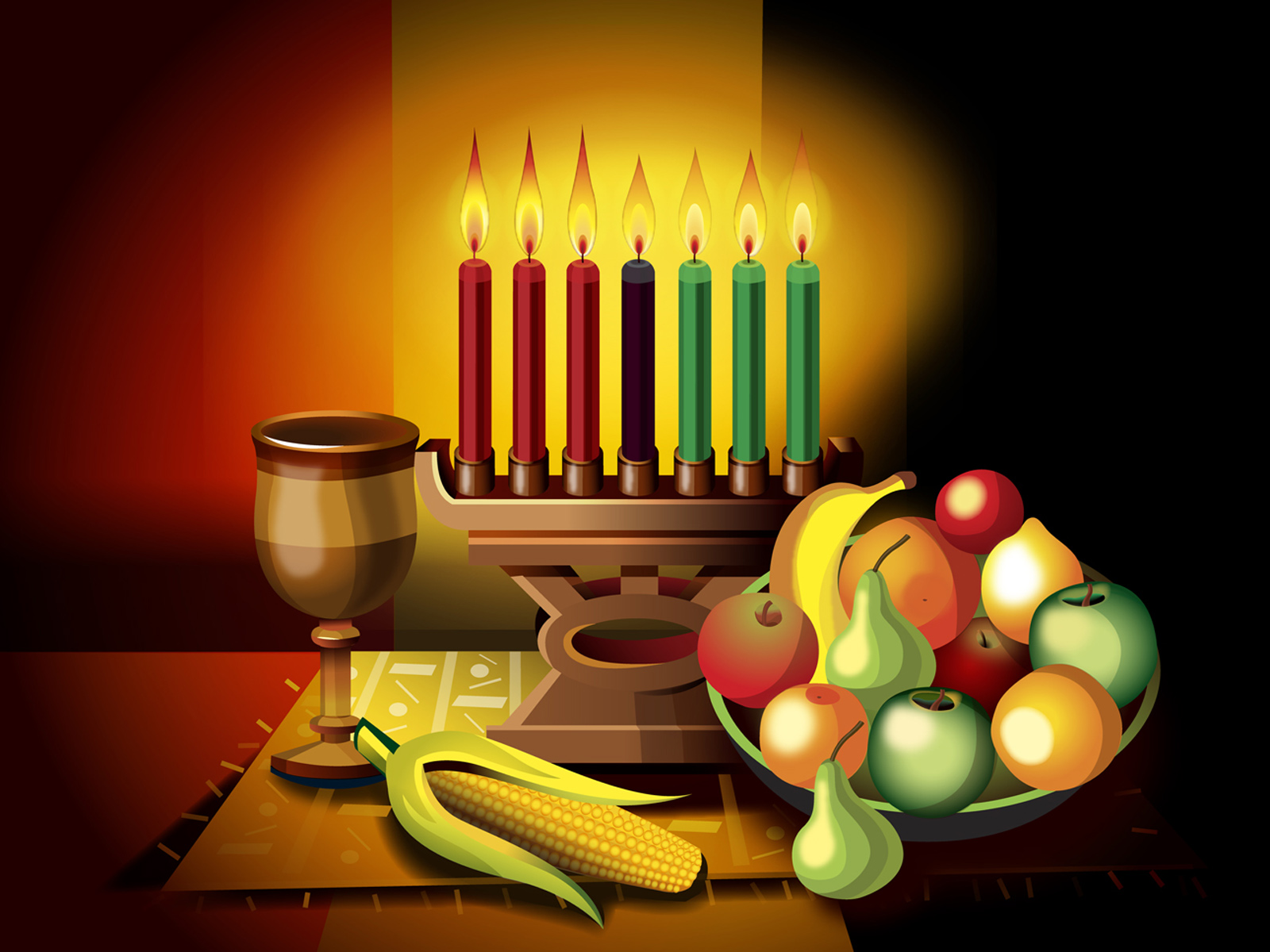I am currently teaching in a very diverse and culturally rich ESL classroom in Hawaii. There are 65 students today in the program to whom I teach consisting of 29 males and 36 females. Their ages range from 11 to 14 years of age in grades six through eight. The ethnic demographics of my classroom only disperse between three groups: 50% Asian, 45% Pacific Islander, and 5% Hispanic. Illokano, Tagalog, Mandarin, Cantonese, Japanese, Thai, Vietnamese, Marshallese, Chuukese, Spanish, and Samoan are all of the native languages spoken by my students, but there is a heavier population of Tagalog and Marshallese speakers than any other language. Of these 65 students 24 also receive SPED services and have IEP plans, 55% can perform at grade level, 40% are below grade level performance, and 5% have the ability to perform above their current grade level. The majority of these learners are not only struggling academically, but also economically. Roughly 60% of my students are living below the poverty line;, and of that 60% , 40% are living at or below the poverty line. Most of them also have rough home lives with one or no parents in their lives; broken homes. The basic needs of my ESL students are often not met, which ultimately impedes their achievement academically and socially.
My ultimate goal in my diverse and multicultural ESL classroom is to ignite a fire for life-long learning within my students, and guide them to achieve their highest potential in society through utilizing the intellectual, social, emotional, and physical tools and skills taught through a challenging curriculum that positively connects course content to student’s individual experiences. Yeats (2008) said that “education is not the filling of a pail, but the lighting of a fire”. Students need to be unstoppable fires blazing their own paths instead of limited, blindly accepting pails in order to attain their highest potentials and ultimate power in society. In order to ignite a lasting fire, the proper tools must be given, and the students must play an active role in using the tools to light their own unique sparks. Technology is one of the greatest tools to promote cultural awareness and educational expansion (Chisolm, 1998).
All students, not just the ones in the dominant cultures, have an equal right to attain the vital tools and skills needed for success in today’s technological and diverse society via different and appropriate challenging educational routes that promote positive interactions with different people and ideas in order to fully expand the mind and integrity of the student (Chisolm, 1998). Learning of content should be active, hands-on, involve real-life situations, and connect with students’ past experiences (Chisolm, 1998). Presentation of content should be interesting and entertaining in order to spark interest, grab attention, and open students up to learning the material.
Students learn best if they consider the content relevant to their individual lives, past experiences, current circumstances, and interests (Sadker & Zittleman, 2011); therefore, content, materials, and attitudes in the ESL classroom must include multicultural elements that relate to lives and circumstances of those students from other cultures in order for education to be effective and learning to be maximized. Further, Palmer (2007) states that real learning occurs when we are challenged to expand our set ways of thinking; ergo, each student must be appropriately challenged in the classroom academically and culturally in order to expand the way they think about content material and the world around them.
This WebQuest fulfills all of these elements to promote multicultural awareness, tolerance, and learning via technological means. Students' past experiences and family ties are utilized to spark interest and connect them to the content on a personal level. Also, students work in diverse groups collaboratively to share their own cultural elements and discover those of their classmates. The use of multimedia, such as Powerpoints, videos, virtual holiday tours, and the Glog assignment, aids flexibility in the lesson as it caters to diverse learning styles and needs. In working through the project, the students not only get to promote their own cultural pride, but also develop a respect for cultures of others by weaving elements of new cultures into their own via a holiday.
References
Chisholm, I. M. (1998). Six elements for technology integration in multicultural classrooms. Journal of
Information Technology for Teacher Education, 7(2), 247-268.
Palmer, P. J. (2007). The courage to teach: Exploring the inner landscape of a teacher's life. (10
ed.). San Francisco, CA: Jossey-Bass.
Sadker, D. M., & Zittleman, K.R. (2011). Student centered philosophies. Retrieved from
http://www.education.com/reference/article/Ref_Student_Centered/
Yeats, W. B. (2008, May 10). Education is not the filling of a pail but the lighting of a fire.
Retrieved from http://www.psychologytoday.com/blog/dont-delay/200805/education-is-not-the-filling-
pail-the-lighting-fire









